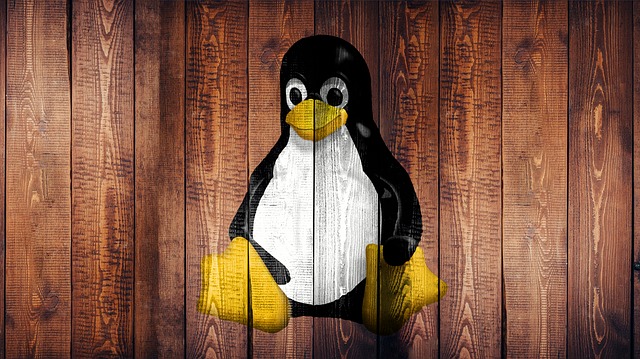In the past, booting from media discs like DVD or CD drives, used to be the go-to way to fix your computer in case of any technical problems. However many computers do not come with an optical drive anymore. As a result, booting from a USB pen drive or USB external hard drive has become the norm. The USB drive also happens to be the best and safest way to create a Linux boot on a Windows machine.
How you boot your boot media depends on the operating system you are using, but there are some general guidelines to help you boot your computer regardless of the operating system you are using.
Bootable USB Pen Drive
So, if your system is unstable and you need to run diagnostic tools on your hard drive, or if you want to load your Linux desktop. Then we are here to show you exactly how to do it.
No matter the actual OS you are using, actually booting your machine from a USB drive is not difficult. A general understanding of how a system loads can provide the basics for understanding what happens when using bootable media.
There are several options to consider, but creating a USB boot disk doesn’t have to be difficult either.
For Mac users, we recommend visiting Apple’s support page for USB external hard drive. It provides specific guidelines for the OS X iterations you are running (Sierra, High Sierra, Yosemite, etc.) so that you can get the boot version you need.
Windows and Linux users should consider some of the top USB bootable media creators’ software, which includes an intuitive boot media builder that streamlines the process and provides great flexibility in the types of boot media that can be created, including WinPE media.
How to Create a Linux Boot USB drive on A Windows Machine
First – Choose Linux Distro
The first thing to choose when trying to install Linux is to choose a Distro. Considering the number of Linux Distros, the real choice is difficult, but if you are a beginner, it is best to start with one of the following options: The three below are the most common Linux Distros that you can use.
Ubuntu desktop: Ubuntu may be the Distro that makes Linux either good or bad, depending on whom you ask for. In my humble opinion, it is very suitable for beginners. You will find yourself at home; it is quite uncomplicated in general.
Linux Mint: Mint has grown since its initial release and is one of the most widely used Linux Distro today. Its users appreciate the elegant and proprietary software (such as Flash) that comes with this release.
Fedora Workstation: Suitable for those who like to experiment. Of the three, this is not user-friendly, but it comes with the latest updates and is the most “free” of the three.
Second – Select the Support
The second option you need to install Linux is where to create the live media. The live media is a copy of the Linux distribution you selected in the previous step. There are many options, but the options shown for beginners are:
CD/DVD: This has been the first choice for many years. In this case, use your favorite program to burn the image from one of the distributions to a CD/DVD. The choice of CD or DVD depends on the size of the image.
USB pen drive or USB external hard drive: This option has been around for about 5 years. In this case, you will need a special program to mount the image to the USB drive. You have many choices but some of the most popular ones are the two choices below: UNetbootin or Universal USB Installer.
With these two, you need to follow the standard install instructions and all you do is click to agree. And in the next step, you need to select the corresponding Distro from the drop-down list. There are various options, but I have already mentioned which one to choose.
Third – Choose the Linux installation Distro USB
Use the universal USB installer selected in the release and to do this you can now do one of two things:
- Automatic download: Check the download link and wait for it to complete.
- Manual download: Select browse and point to the image.
Fourth – Install the Linux Distro on the USB
After the image selection/download is complete, the last step is to select the USB drive to be used in the process. If necessary, you can select the format option to format the device.
Note: If there is not enough space on the device, or you select the format option, the device will be formatted (although a confirmation dialog box will appear) and important data may be lost. With all the steps complete then you can Click Create and wait for it to finish.
And that’s it now you have aWorking Linux Boot USB on that you can use on a Windows machine
